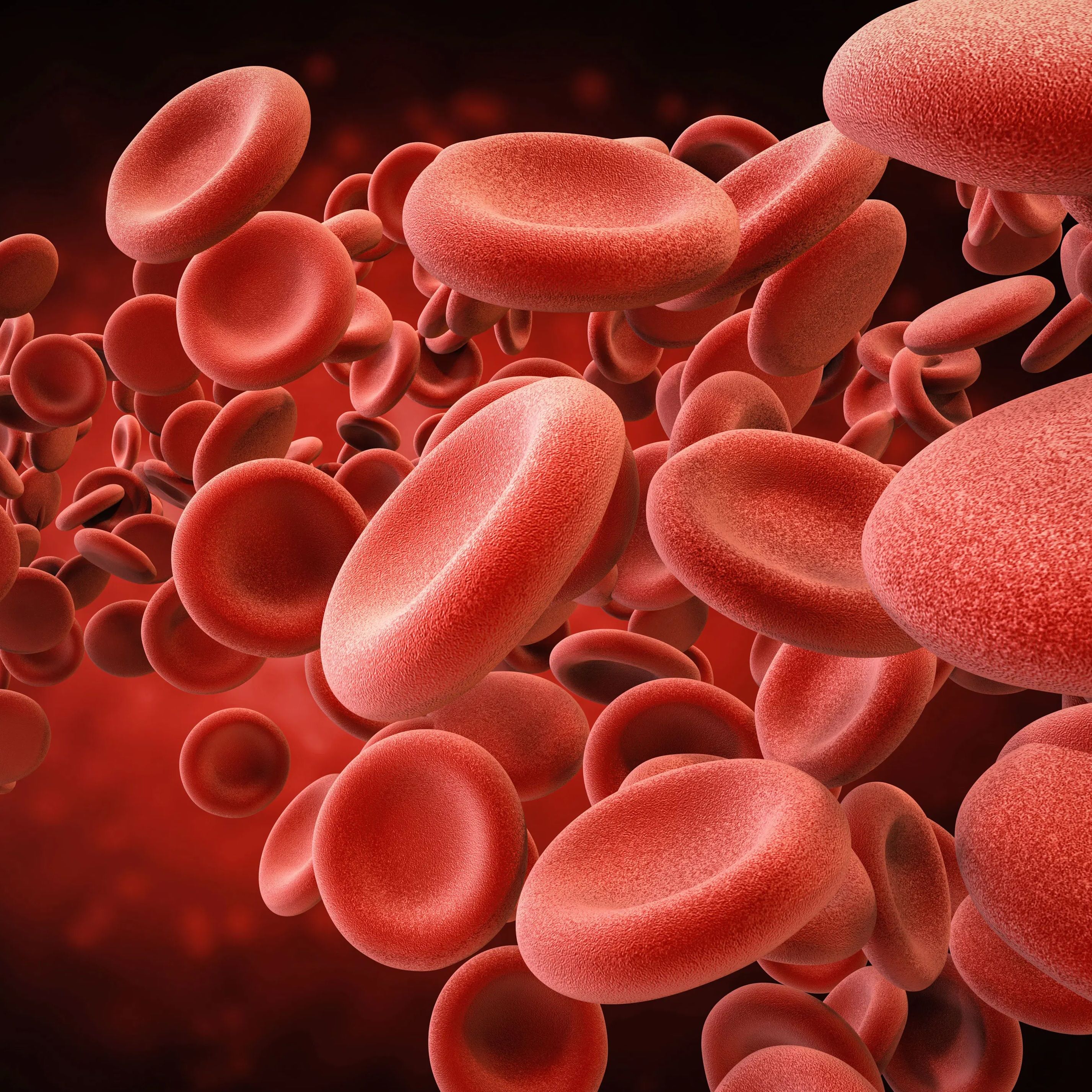News
Article
GLP-1 RAs Linked to Lower Cardiovascular Morbidity, All-Cause Mortality Risk in MASLD
Author(s):
Key Takeaways
- GLP-1 receptor agonists significantly reduce risks of cardiovascular events, portal hypertension, and heart failure in MASLD patients.
- A large cohort study using TriNetX data demonstrated clinical benefits of GLP-1 RA use in MASLD.
GLP-1 RA use was associated with a lower risk of major cardiovascular events, clinically significant portal hypertension, and all-cause mortality in MASLD.
Dina Halegoua-DeMarzio, MD
Credit: AASLD

Use of GLP-1 receptor agonists is associated with a reduced risk of major cardiovascular events, clinically significant portal hypertension, new-onset heart failure (HF), and all-cause mortality in patients with metabolic dysfunction-associated steatotic liver disease (MASLD), according to findings from a recent study.1
The population-based retrospective cohort study leveraged data from the Global Collaborative Network TriNetX database and, using 1:1 propensity score matching, found GLP-1 RA use was associated with significant clinical benefits in patients with MASLD compared with those not taking GLP-1 RAs.1
Estimated to affect more than 100 million US adults, MASLD is often characterized by diabetes, insulin resistance, being overweight or obese, elevated blood lipids such as cholesterol and triglycerides, and high blood pressure. MASLD is also linked to cardiovascular morbidity and mortality.2
Currently, Madrigal Pharmaceuticals’ resmetirom (Rezdiffra) is the only US Food and Drug Administration approved therapy for the treatment of MASH.3 Given the critical role of weight loss in MASLD management, pharmacologic agents that induce weight loss are also being investigated as potential therapies.1
“To our knowledge, there are no large population-based studies that have investigated the incidence of new-onset major cardiovascular events or clinically significant portal hypertension events in patients with MASLD who are receiving treatment with GLP-1 agonists for any indication,” Dina Halegoua-DeMarzio, MD, a professor of medicine and director of the Fatty Liver Program at Thomas Jefferson University Hospital, and colleagues wrote.1
To address this gap in research, investigators conducted a population-based retrospective cohort study using TriNetX data for adults with diagnosed MASLD or MASH.1
In total, investigators identified 634,265 patients with MASLD/MASH without other causes of chronic liver disease. They then divided these patients into 2 cohorts: those with a history of GLP-1 RA use after their diagnosis (n = 23,551), defined as documented GLP-1 agonist use ≥ twice and ≥ 3 months apart after diagnosis of MASLD/MASH, and those with no history of GLP-1 RA use after their diagnosis (n = 610,714).1
To reduce confounding, investigators matched patients in the GLP-1 RA group to patients in the non-GLP-1 RA group using 1:1 PSM. After matching, 6243 patients were included in each group.1
The primary outcome was the incidence or new-onset of major adverse cardiovascular events categorized as HF; composite cardiovascular events, defined as unstable angina, myocardial infarction, or revascularization; and clinically significant portal hypertension events, defined as esophageal varices, gastric varices, ascites, hepatic failure, hepatorenal syndrome, portal hypertension, liver transplant status, fibrosis, cirrhosis, hepatic encephalopathy, jaundice, and chronic passive congestion of liver.1
In the GLP-1 RA group, the total cumulative incidence of new-onset HF, composite cardiovascular events, and clinically significant portal hypertension events at the end of 7 years was 188 (3.4%), 130 (2.3%), and 72 (1.2%), respectively, compared with 218 (4.1%), 183 (3.3%), and 134 (2.3%), respectively, in the control group.1
Upon analysis, compared with the non-GLP-1 RA group, the GLP-1 RA group had a significantly lower risk of new-onset HF at 1 year (hazard ratio [HR], 0.690; 95% Cl, 0.527–0.903), 3 years (HR, 0.727; 95% Cl, 0.591–0.894), 5 years (HR, 0.725; 95% Cl, 0.595–0.883), and 7 years (HR, 0.721; 95% Cl, 0.593–0.876) after the index event.1
Additionally, investigators noted the GLP-1 RA group had a significantly reduced risk of composite cardiovascular events at 1 year (HR, 0.531; 95% Cl, 0.384–0.734), 3 years (HR, 0.527; 95% Cl, 0.411–0.676), 5 years (HR, 0.579; 95% Cl, 0.461–0.727), and 7 years (HR, 0.594; 95% Cl, 0.475–0.745) after the index event. They were also less likely to reach composite clinically significant portal hypertension events at all time points, including 1 year (HR, 0.366; 95% Cl, 0.246–0.544), 3 years (HR, 0.425; 95% Cl, 0.311–0.582), 5 years (HR, 0.437; 95% Cl, 0.326–0.585), and 7 years (HR, 0.463; 95% Cl, 0.348–0.611).1
Kaplan-Meier survival analysis showed the cumulative probability of being event-free 1-, 3-, 5-, and 7-years from the index event remained significantly lower in the non-GLP-1 RA group compared with the GLP-1 RA group for all studied outcomes (log-rank P <.01).1
The total cumulative incidence of mortality at the end of 7 years was 1.5% in the GLP-1 RA group compared with 4.2% in the control group. Of note, the risks of 1-, 3-, 5-, and 7-years mortality were significantly lower in the GLP-1 RA group than in the matched non-GLP-1 RA control group.1
“GLP-1 agonists usage demonstrated a remarkable reduction in the risk of major adverse cardiovascular events, clinically significant portal hypertension events, new-onset heart failure, and overall mortality across all follow-up time points,” investigators concluded.1 “These outcomes underscore the potential clinical value of GLP-1 agonists in MASLD and MASH management.”
References
Havranek B, Loh R, Torre B, et al. Glucagon-like peptide-1 receptor agonists improve metabolic dysfunction-associated steatotic liver disease outcomes. Sci Rep. doi:10.1038/s41598-025-89408-z
American College of Gastroenterology. Metabolic Dysfunction-Associated Steatotic Liver Disease (MASLD). Accessed February 11, 2025. https://gi.org/topics/steatotic-liver-disease-masld/
Brooks A. Resmetirom (Rezdiffra) Receives Historic FDA Approval for Noncirrhotic NASH. HCPLive. March 14, 2024. Accessed February 11, 2025. https://www.hcplive.com/view/resmetirom-rezdiffra-receives-historic-fda-approval-for-noncirrhotic-nash





